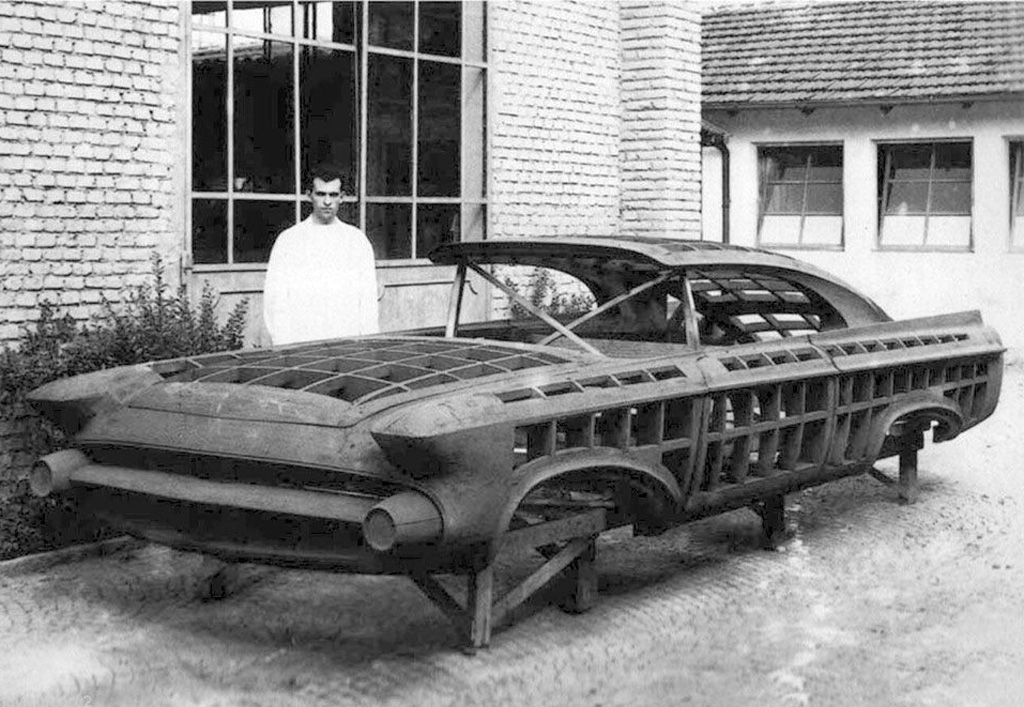PAPER
CAR DESIGN and CULTURE
An observation
This short paper aims to provide theoretical as well as practical practices that contain any event, phenomenon, behavior, password, method, experience, process, and practice derived from the concepts of culture in a wider sense. It examines how cars transform the messages of these accumulations into signs, attributes, and symbols within different cultural constructions between the macro-culture, which is considered the whole of all the additions made in nature and living space, and the micro-culture, which is considered the whole set of meaning. In this sense, the paper intends to deal with cultural processes by taking the car into account in terms of its historical and traditional existence.
Modern man needs much simpler maps to make the world understandable with different combinations of phenomena. In line with this urge, he needs a categorization that refers to a coding process. Cars create a set of codes that allow us to observe cultural structures in a dramatic way. These codes generate maps afterwards that become externalized once followed and change people's behavior. In this paper, as a basic reference, the car is considered an independent entity in the context of culture and evaluated in accordance with the influences on global and national scales.
While cultural codes create a social categorization, on the one hand, the elements placed in each category contain a kind of evaluation in the context of certain attributes and meanings; in this sense, cars are like the expression of some abstract structures in life by their symbolic and aesthetic characteristics. Parallel to this, cars can be considered social programs that direct intercultural communications and evaluate social consciousness and memory.
As an object and interface, the car is a part of the entire semiotic system that forms the paradigm of modern society with the ability to wrap around the human body like an outfit, and as a cultural code, it generates a practical consciousness and discursive memory. In conclusion, this paper explores how the car can be a source of integration or conflict between different nations and groups concerning cultural codes and maps, while the common projections between various creative disciplines and car design are evaluated.

